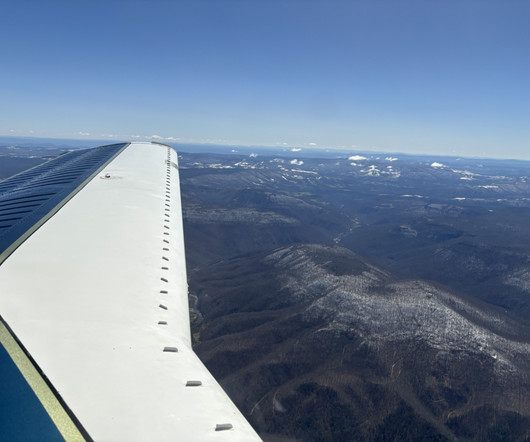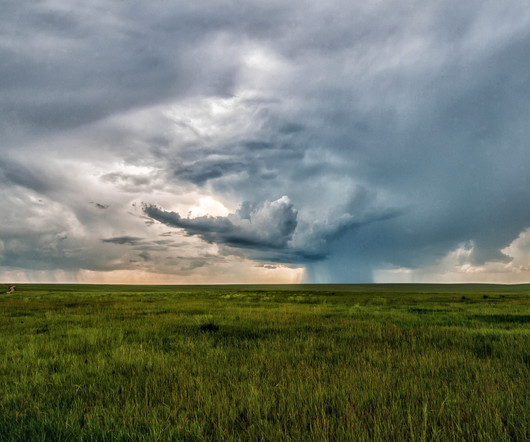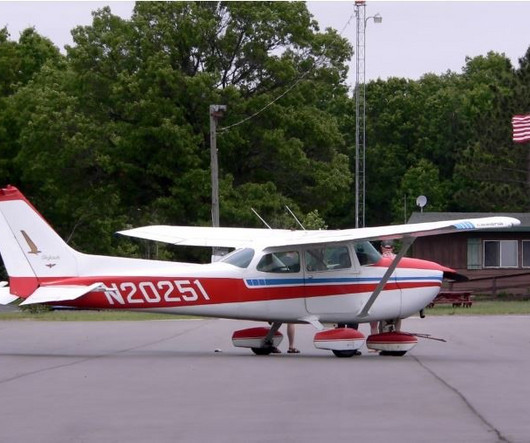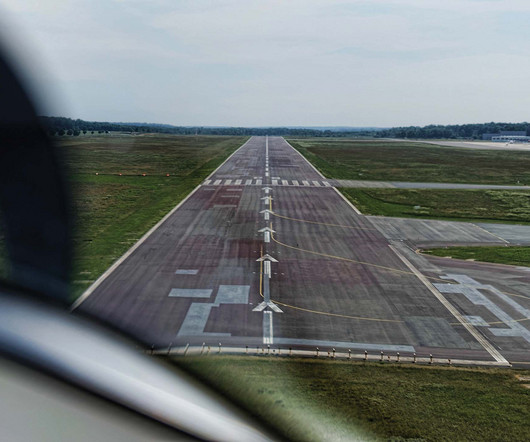The anatomy of a commercial flight – all you ever wanted to know: Part two
Aerotime
DECEMBER 20, 2024
While most of it tends to be hidden away either in the cabin ceiling space or under the cabin floor panels, some of it – particularly the air conditioning riser ducts – is fitted in the cabin walls at certain intervals, making the inclusion of a window at that position impossible.























Let's personalize your content